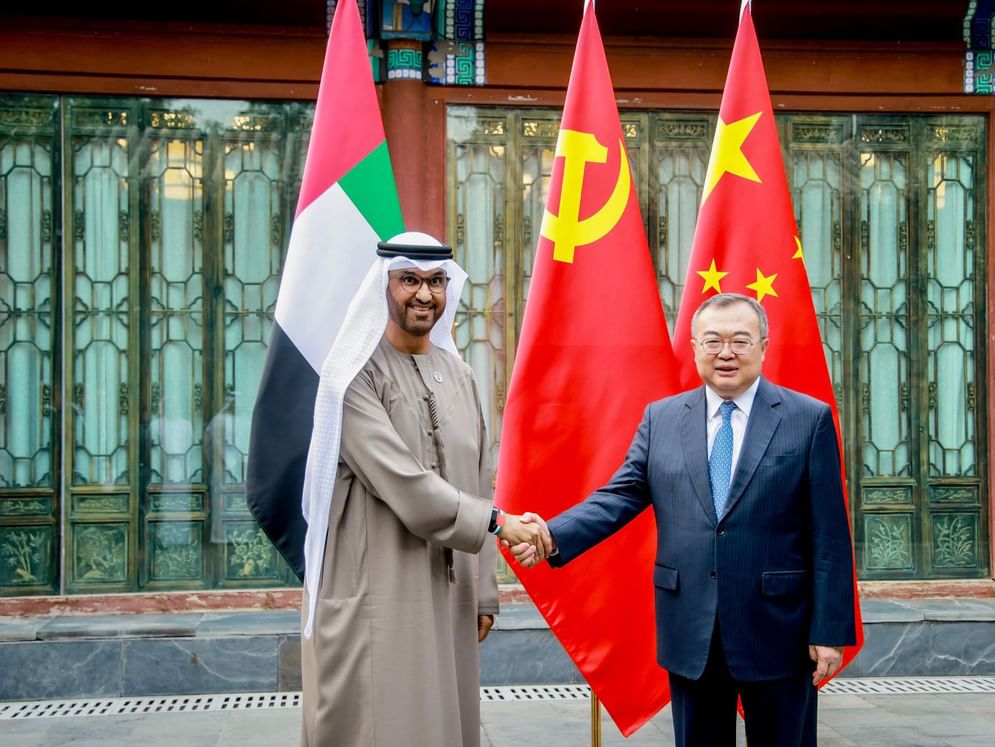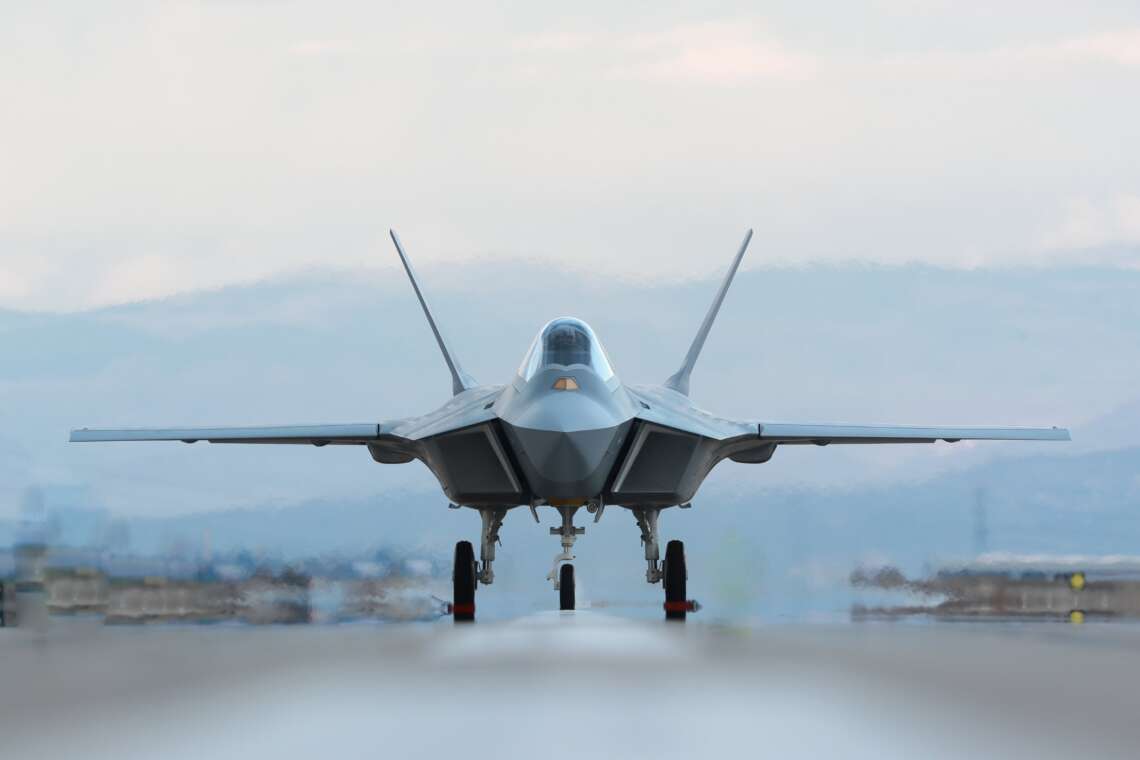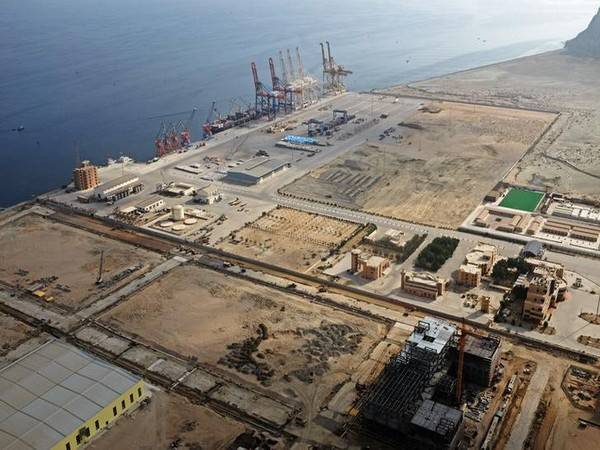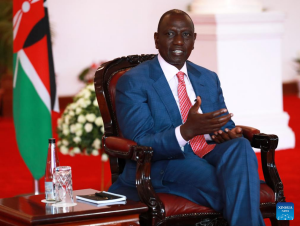Islamabad is the seventh largest recipient of Chinese overseas development financing with 71 projects worth $27.3bn currently under way. ….report Asian Lite News
A substantial chunk of Chinese development financing under the China-Pakistan Economic Corridor (CPEC) consists of loans that are at or near commercial rates, as opposed to grants, according to AidData, a US-based international development research lab, Dawn reported.
China committed $34.4 billion in development finance to Pakistan between 2000 and 2017. Islamabad is the seventh largest recipient of Chinese overseas development financing with 71 projects worth $27.3bn currently under way. The interest rate is 3.76 per cent for an average loan with 13.2 years’ maturity (when full repayment with interest is due) and 4.3 years grace period, it said.
In addition, the report claimed Pakistan received about half of all Chinese development finance in the form of “export buyer’s credit” i.e. money lent by Chinese institutions to Pakistan in order to facilitate the purchase of equipment and goods to be bought by Chinese implementation partners, the report said.

As much as 40 per cent of China’s lending to Pakistan is now directed to state-owned companies, state-owned banks, special purpose vehicles, joint ventures and private sector institutions. These Chinese loans do not appear on the government’s books “for the most part”, the report claimed.
“However, they often benefit from an explicit or implicit form of government liability protection, which blurs the distinction between private and public debt,” it said, noting that the government has issued sovereign guarantees in some cases. This means the national exchequer will repay the loans if non-government borrowers fail to generate sufficient revenue to meet their financial obligations.
“In other cases… the government has provided a so-called guaranteed return on equity to borrowers. This type of guarantee is effectively a form of hidden debt to China… These financial arrangements are attractive to the government because they need not be disclosed as public debts,” the report said, adding that the economy is already in the “danger zone” based on the public debt-to-GDP ratio of 92.8 per cent.













